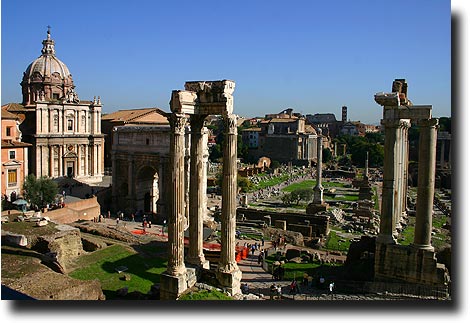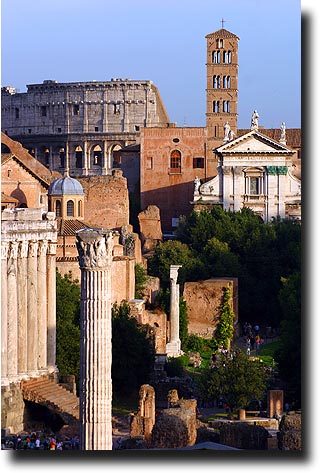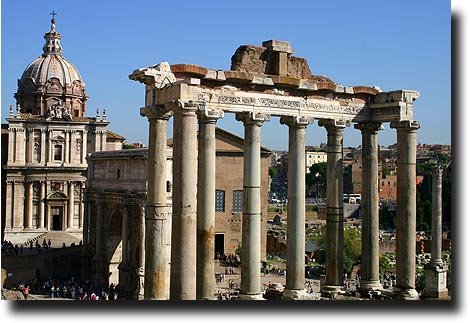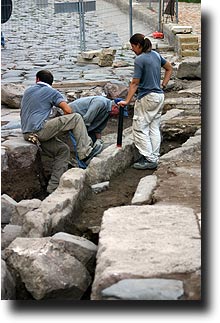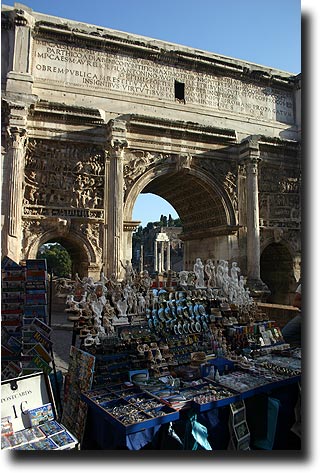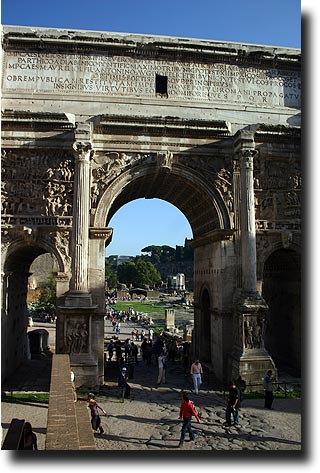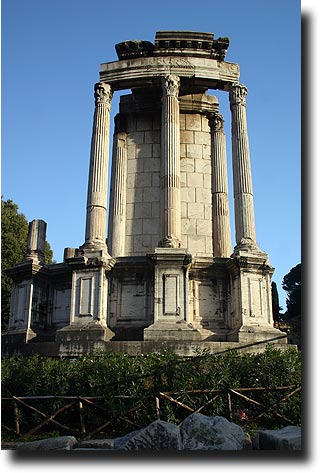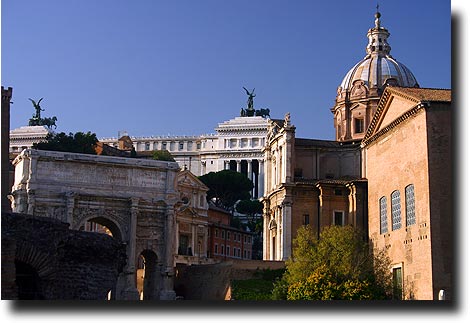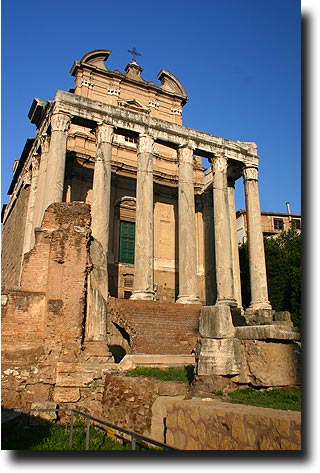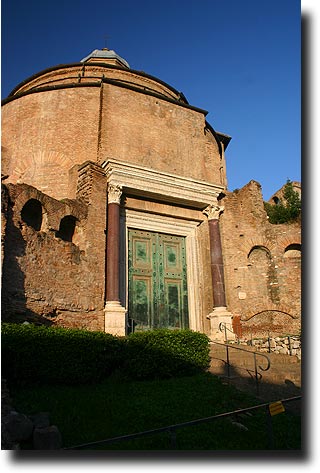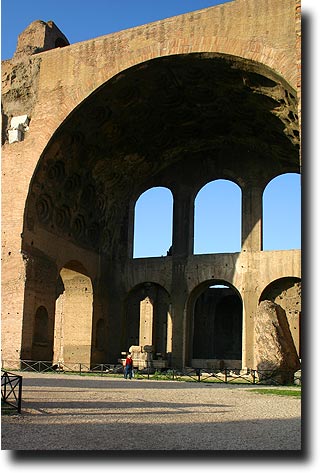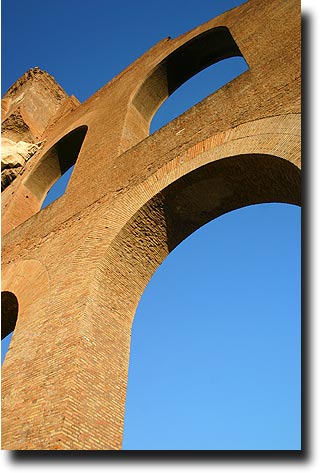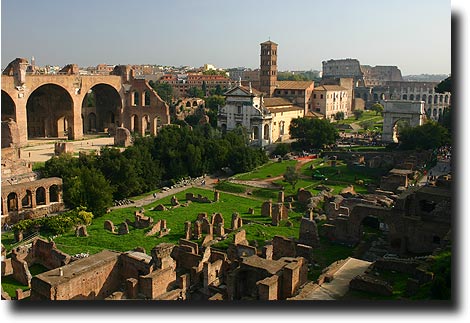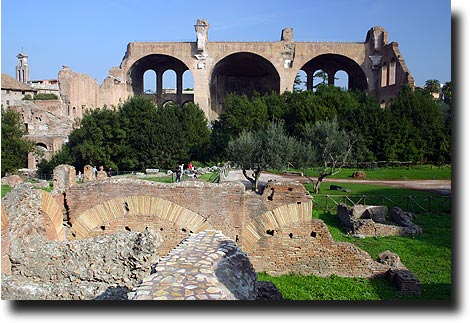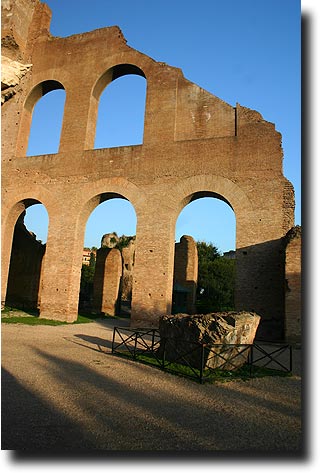
|
Leaving the Forum, one walks under
the Arch of Titus and out into the plaza where the Colosseum
is located. It is fascinating to note that this arch was erected in honor
of a military victory by Titus, son of the Emperor Vespasian. What military
victory, you may ask? Why, the military victory in which Rome defeated
Jerusalem, sacked the city, destroyed the Temple of Solomon - the most
holy site in Judaism - and began the diaspora of the Jews that was to last
until after WWII. I wonder how many of the people walking through that
gate realize how many of the worlds' current problems can be (arguably)
traced back to the victory it celebrates.
|
